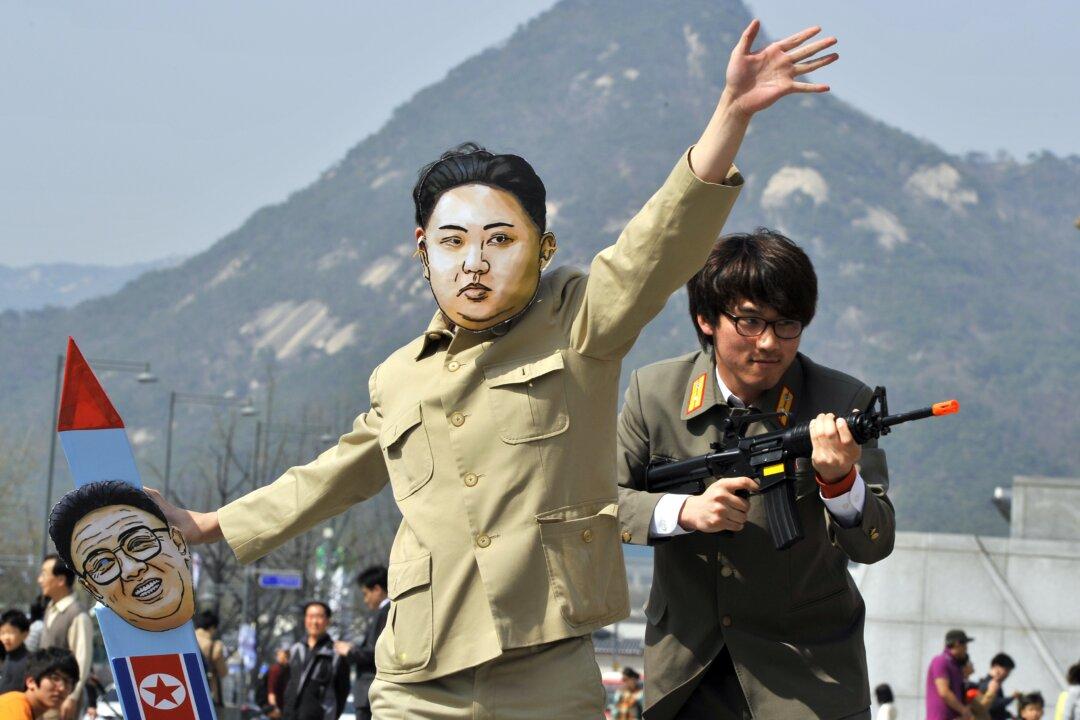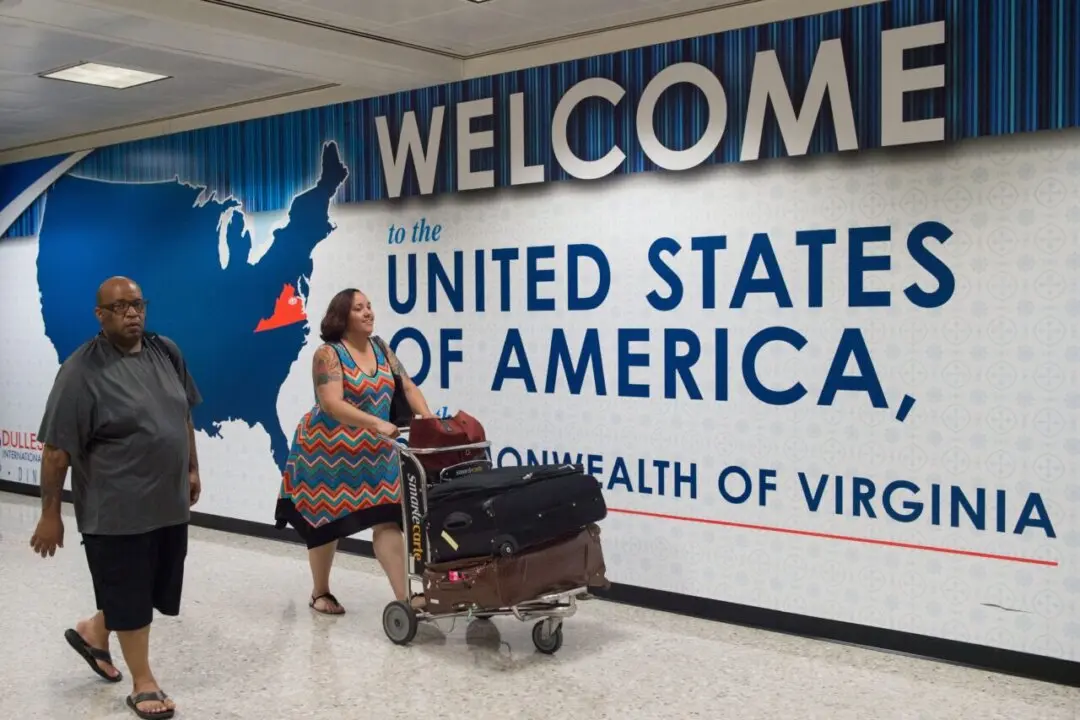North Korea fired two missiles into the East Sea on Monday morning, while top officials over the weekend had issued orders to prepare for war. The question is, as always, how serious communist country is this time around?
The two missiles appeared to be Scud-C rockets judging by their range. Early reports say Monday’s North Korean missiles went 305 miles. North Korea’s Scud-C rockets, known as “Hwasong,” only have a range of a few hundred miles. If so, they would not have the range to hit the United States.
But there’s debate as to whether the missiles are Scud-C models. Shin In Kyoon, the head of the Korea Defense Network, said if they’re proven to be “Rodong” missiles—which have much longer range of possibly 620 to 930 miles—it could be problematic and would represent an escalation from the norm. North Korea launched a Rodong-1 missile last year, though it only traveled 400 miles.
Shin said, “If they’re proven to be Rodong rather than Scud missiles, it will indicate that the North is not simply showing off its military force; it’s a provocation of sorts that scoffs at the [South Korea]-U.S. joint drills aimed at removing the North’s nuclear threats,” reported the DailyNK, a South Korea-based news site that focuses on North Korea.
The twin missile launch isn’t unusual for North Korea—particularly in response to the United States and South Korea holding their joint annual spring military exercises.
The General Staff Department of North Korea’s Chosun People’s Army issued a statement, according to DailyNK, which reads that North Korea will “not stand by and let these exercises take place.”





